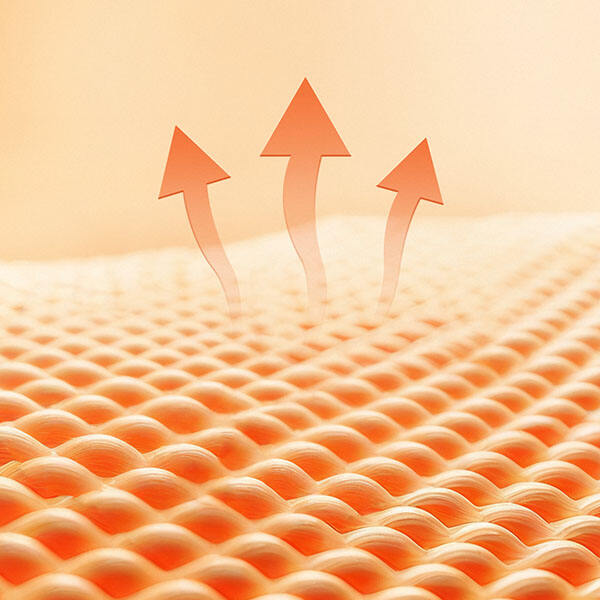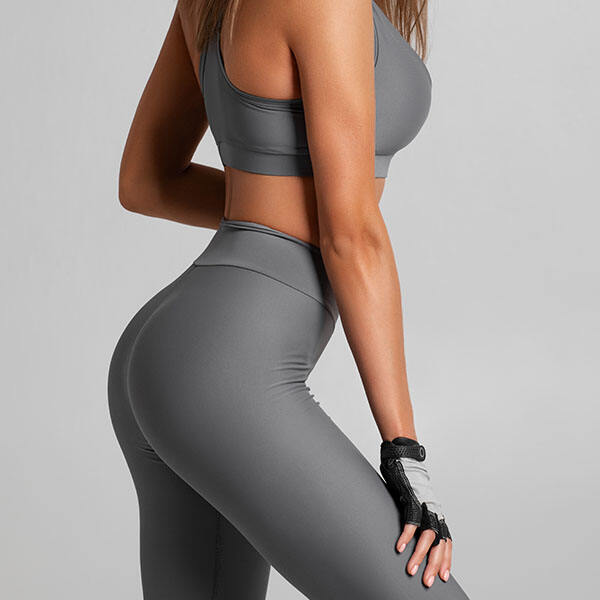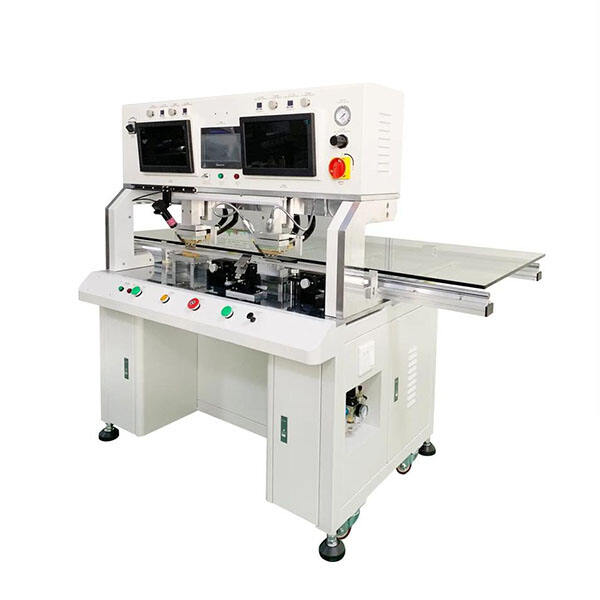המגמות העתידיות בטכנולוגיית האיחוי התרמי מדגישות דיוק, יעילות אנרגטית, אוטומציה, שילוב של חומרים מתקדמים והתאמה לאינדוסטריה 4.0. חימום על ידי מוליכות ישירה: מכונות מודרניות משתמשות באלמנטים מחוממים המשולבים ישירות בפלטת האיחוי, ומביאות לחימום מהיר ו אחיד. גישה זו יכולה להפחית את זמני מחזור ב-50% ולהפחית את צריכה האנרגטית ב-30%, וכן לשפר את איכות האיחוי, במיוחד עבור מתכות. שליטה מתקדמת בתהליך ובאוטומציה: חיישנים בזמן אמת ותוכנות ייחודיות מותאמות אוטומטית את פרמטרי האיחוי, מפחיתות את דרישות הכישרון האופרטיבי ומשפרות את אחידות בתהליכי ייצור בגדלים גדולים. שילוב באינדוסטריה 4.0: ציוד איחוי תרמי משלב ביתר תדירות את טכנולוגיות האינטארנט של הדברים (IoT), הבינה המלאכותית והסימולציה הדיגיטלית כדי לאפשר פעולות חכמות, תחזוקה פרוגנוסטית ומעקב מתקדם, ובכך להגביר את הייצור ולקטין את זמני השבתה. חומרים מתקדמים: השימוש בחומרים מתקדמים כמו סיליקון קרביד, מוליכים למחצה חנקני גליום, וקומפוזיטים מוגזקים עם ננוצנרת מסייעים לשפר את ביצועי המכונה. מערכות היברידיות המשתמשות בצינורות פחמן ננומטריים וגרפן מציעות ניהול תרמי וחזקה של האיחוי מתקדמת ביישומים אלקטרו-תרמיים. חימום מותאם וסלקטיבי: הציוד יכול לחמם אזורים ספציפיים של האיחוי כדי להגן על רכיבים רגישים לחום תוך איחוי של מתכות dissimilar או מבנים מרובדיים מורכבים. מגמות אלו תורמות לתהליכי איחוי תרמי יעילים, מדויקים, אמינים וברורים בתעשייה כמו תעופה וחלל, אלקטרוניקה, מכשור רפואי ותפירה חסרת seems.





 חדשות חמות
חדשות חמות